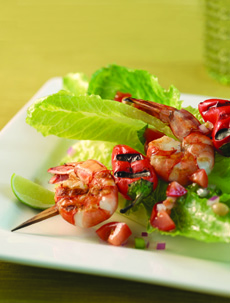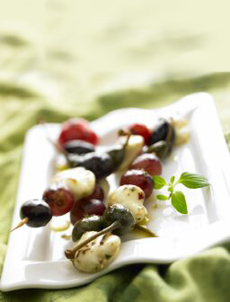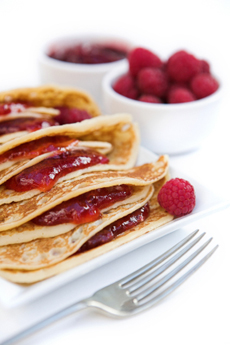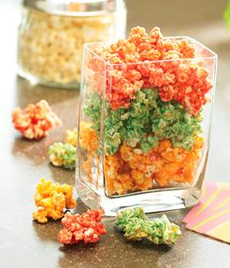| |
July is National Baked Bean Month.
If you’ve only eaten baked beans from a can, it’s time to whip up some homemade baked beans in your oven or slow cooker. Vive la différence!
All you need are navy beans and pantry basics like baking soda, brown sugar, dry mustard and molasses. Soak the beans overnight to remove the indigestible complex sugars from the outer coating (oligosaccharides) that cause bloating and gas.
Enjoy your baked beans with franks or burgers, anything off the grill, on toast for breakfast or lunch, as a side with sandwiches or Southern-style, with a side of cornbread.
Once you see how easy it is, you can bring the baked beans to cookouts and potlucks—to great acclaim from all the others who’ve only had canned baked beans.
Recipe Tips
You can cut the brown sugar in the recipe by half. You’ll still get plenty of sweetness from two tablespoons, plus the tablespoon of ketchup.
Instead of the sausage used in the recipe (or in addition to it), add bacon. Prior to putting the beans into the oven, scatter the top with one-inch strips cut from four pieces of raw bacon. If you don’t want the extra bacon fat, pan-fry pieces of crispy bacon, break them into one-inch chunks and top the beans when they emerge from the oven.
Beans are a nutritious, fiber-packed, filling, inexpensive, crowd-pleasing food.
Learn about bean nutrition.
See the different types of beans in our Bean Glossary.
|



